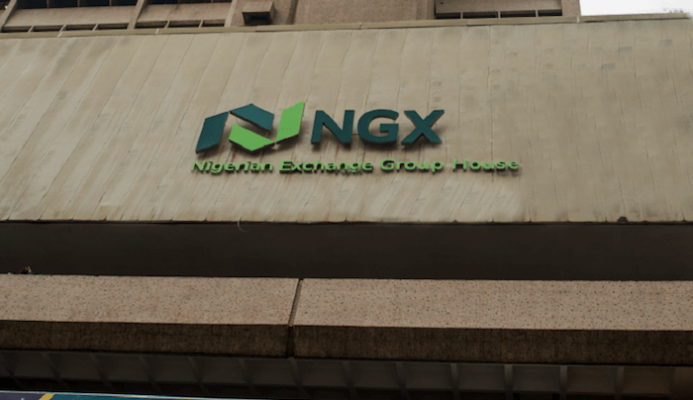51
A global credit rating agency, Moody’s Investors Service, has said Nigeria is trapped in a low growth path for the time being.
The vice president – senior credit officer, sovereign, Aurelien Mali, said on Wednesday that government revenue weakness remained a key credit challenge, adding that the country’s balance sheet had “deteriorated to a level that is worrisome.”
Moody’s noted that the country’s real GDP growth remained subdued at 1.9 per cent in 2018 following 0.8 per cent in 2017, saying, “This growth level remains insufficient to markedly improve Nigerian living standards.”
Mali, in his presentation at Moody’s Nigeria Annual Summit in Lagos, said the current policy mix would lead to the same subdued real growth, with limited room to manoeuvre.
Moody’s, in its latest credit update on Nigeria, released on Wednesday, set the country’s issuer rating at B2 with a stable outlook
“The stable outlook is predicated on the low likelihood of a shock that will further impair Nigeria’s economic and fiscal strength,” Mali said.
According to the rating agency, the country’s credit profile is constrained by an underdeveloped revenue base, a very low level of institutional strength and a fractious political landscape.
It said the stable outlook reflected the degree of resilience in Nigeria’s economic and fiscal strength at the B2 level, with external vulnerabilities having receded, supported by the rebound in oil price and production, the current account projected to remain in surplus, and reserves boosted through external borrowings and increased foreign capital inflows.
According to the agency, Nigeria’s institutional strength score is “very low (-)”.
“The very weak institutional strength is rooted in core deficiencies: a history of opaque economic policymaking, a high incidence of corruption, and long delays in executing critical structural reforms. Macroeconomic policymaking has improved, but consolidated budgeting and public financial management – at federal, state, and municipality levels – remain opaque and slow,” it said.
Moody’s stated that the authorities’ efforts to reduce corruption in the public sector and revive the oil sector had the potential to improve overall institutional strength and to promote greater savings of oil revenue in the Excess Crude Account over time.
It said, “While the government’s external debt burden remains relatively low, the moderate score reflects the country’s high interest payments to revenue ratio, which has averaged 25 per cent over the last three years, well above the B2 median of 11.4 per cent.
“In addition, Nigeria’s fiscal buffers are relatively small: its Excess Crude Account is almost depleted and its sovereign wealth fund stands at around $2bn (equivalent to 0.5 per cent of GDP). We expect general government debt to hover around 25 per cent of GDP in the coming years.”
The agency set government liquidity risk at “low (+)”, saying, “Debt is mostly denominated in local currency and is refinanced largely by the local capital market, with liquid banks and pension funds exhibiting continued willingness to buy more government instruments.
“The government is increasingly shifting towards external borrowing sources to lower its interest burden, taking advantage of strong appetite from international investors. The debt management strategy will only show results slowly.”
Moody’s noted that Nigeria’s general government revenue-to-
GDP ratio reached eight per cent in 2018 and “has for years been at the weakest level among all the sovereigns that we rate.”
It said, “Consequently, the country’s debt affordability metrics have also been aggravated by a rising interest burden, with Nigeria’s key interest-to-revenue ratio surging to 22.9 per cent in 2018 from 11.1 per cent in 2014.
“Interest payments have consumed on average close to 25% of general government revenue since 2016. This increase challenges the government’s fiscal consolidation efforts and limits its ability to increase capital expenditures to improve infrastructure and boost the economy’s potential.”










